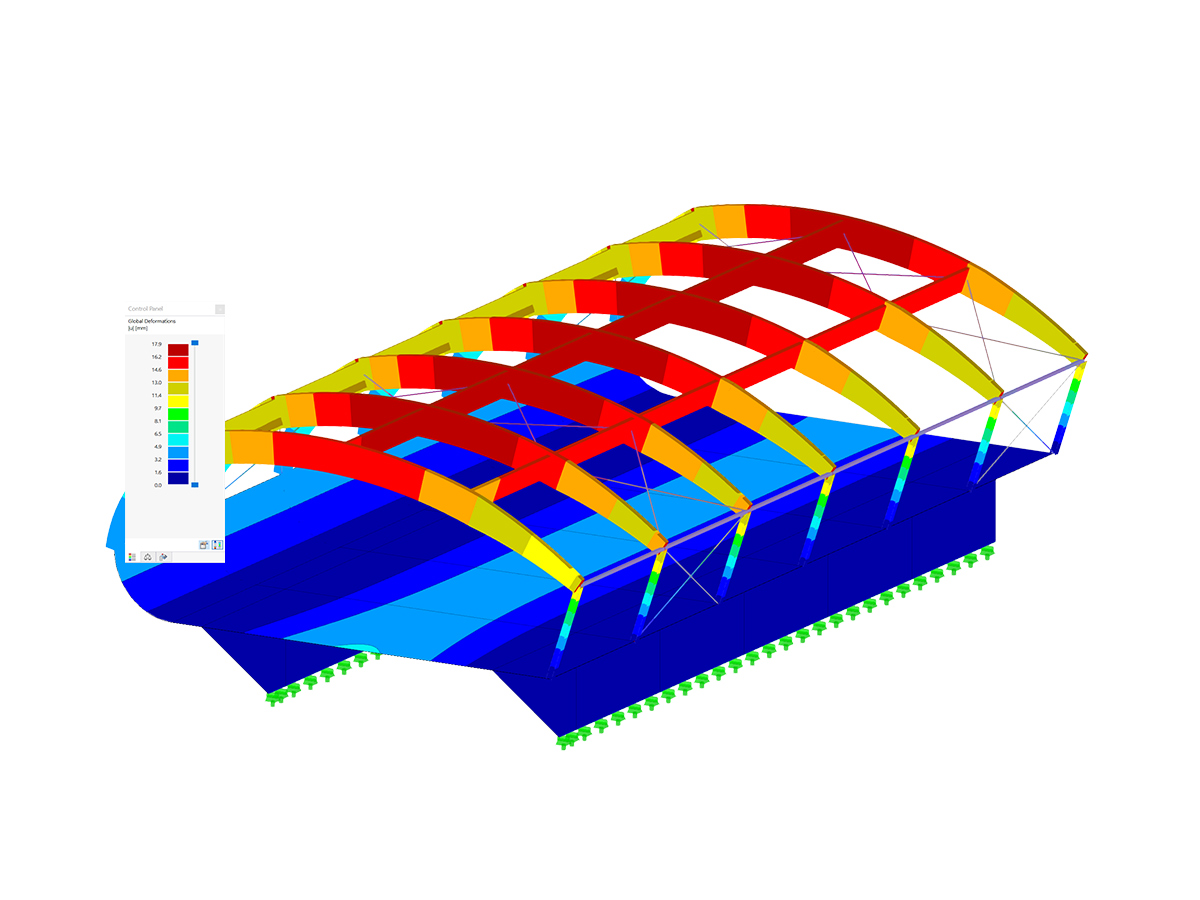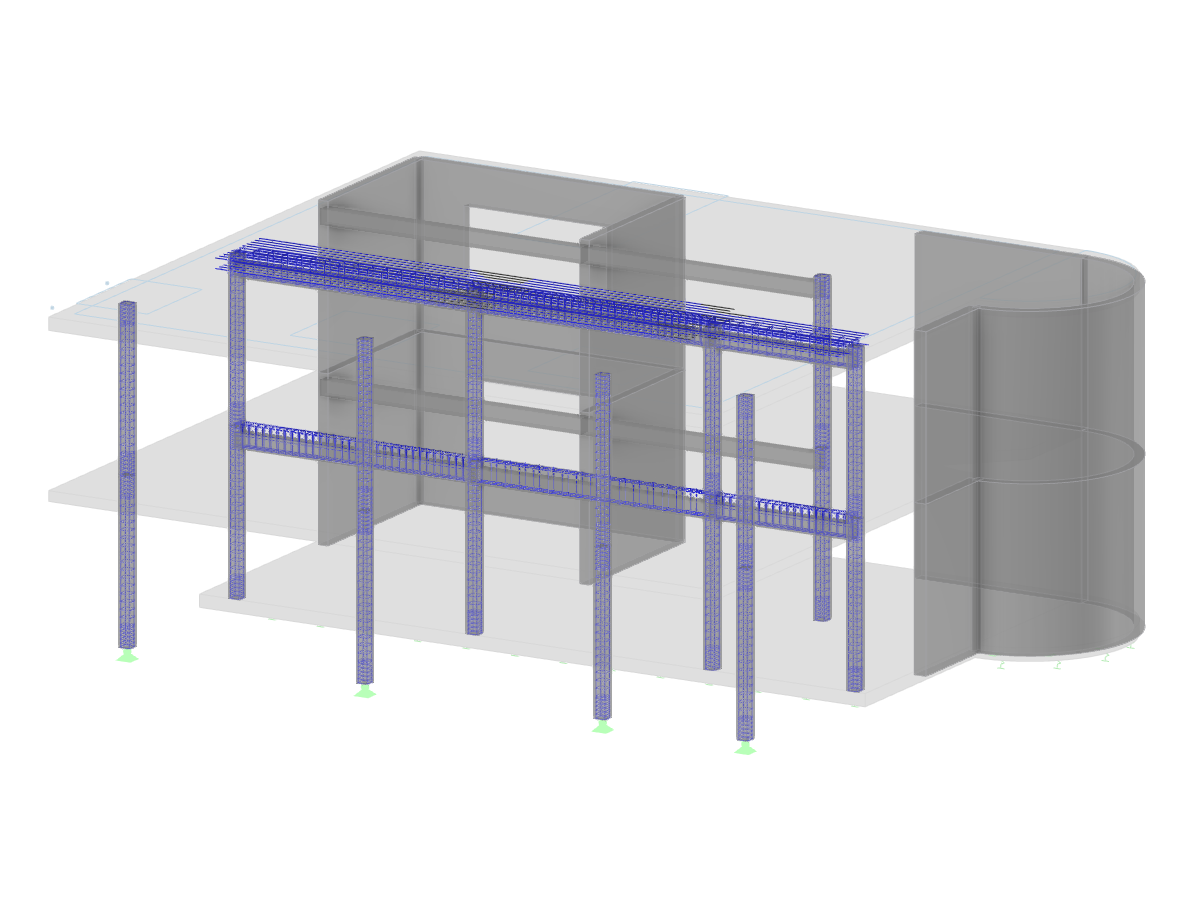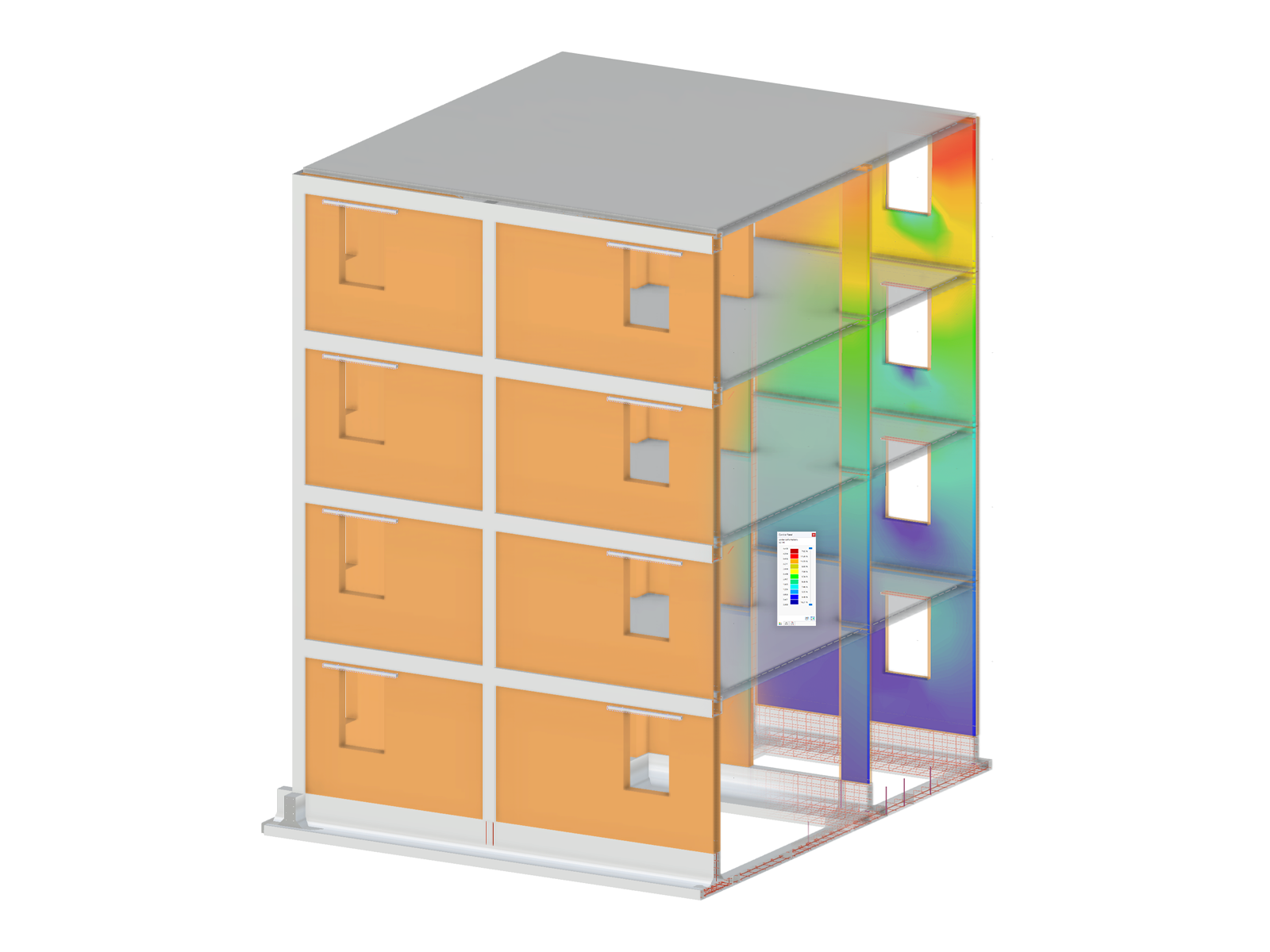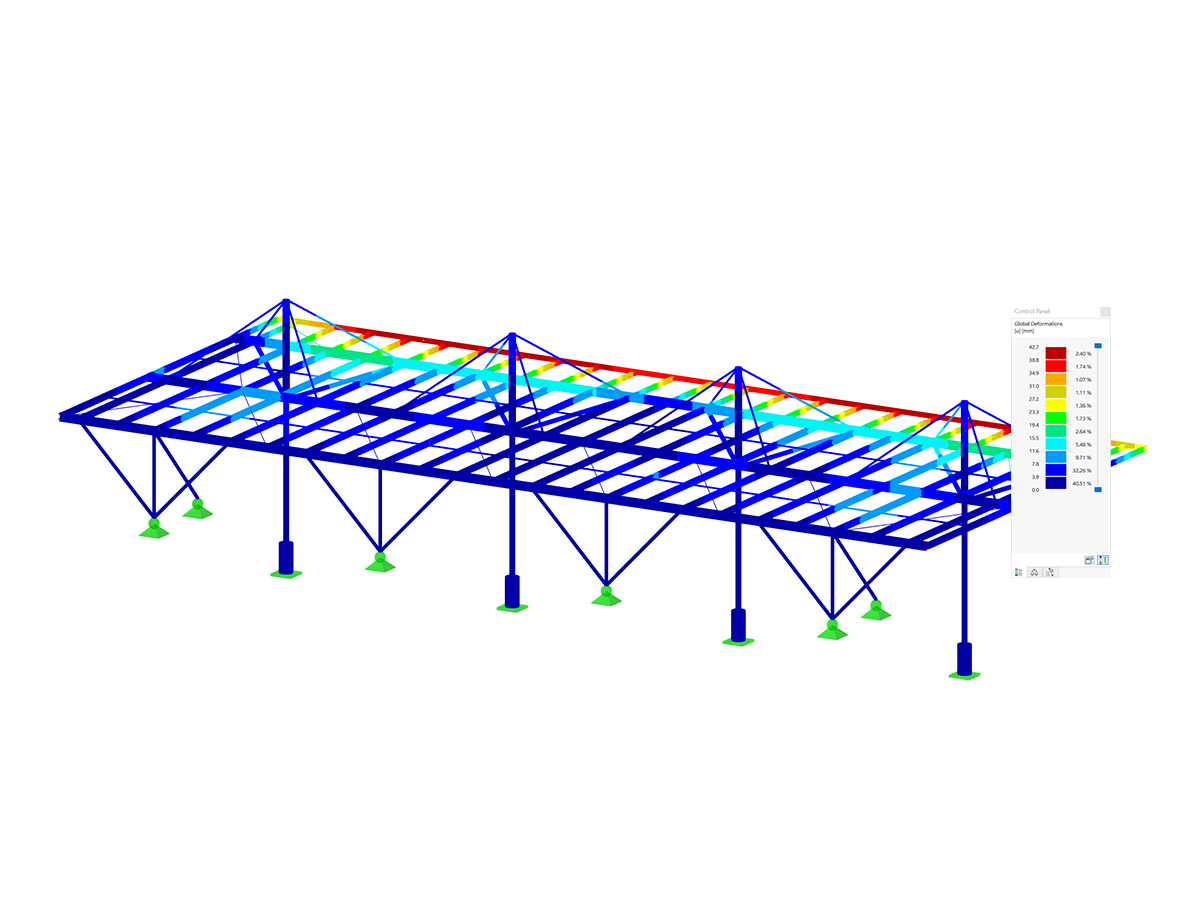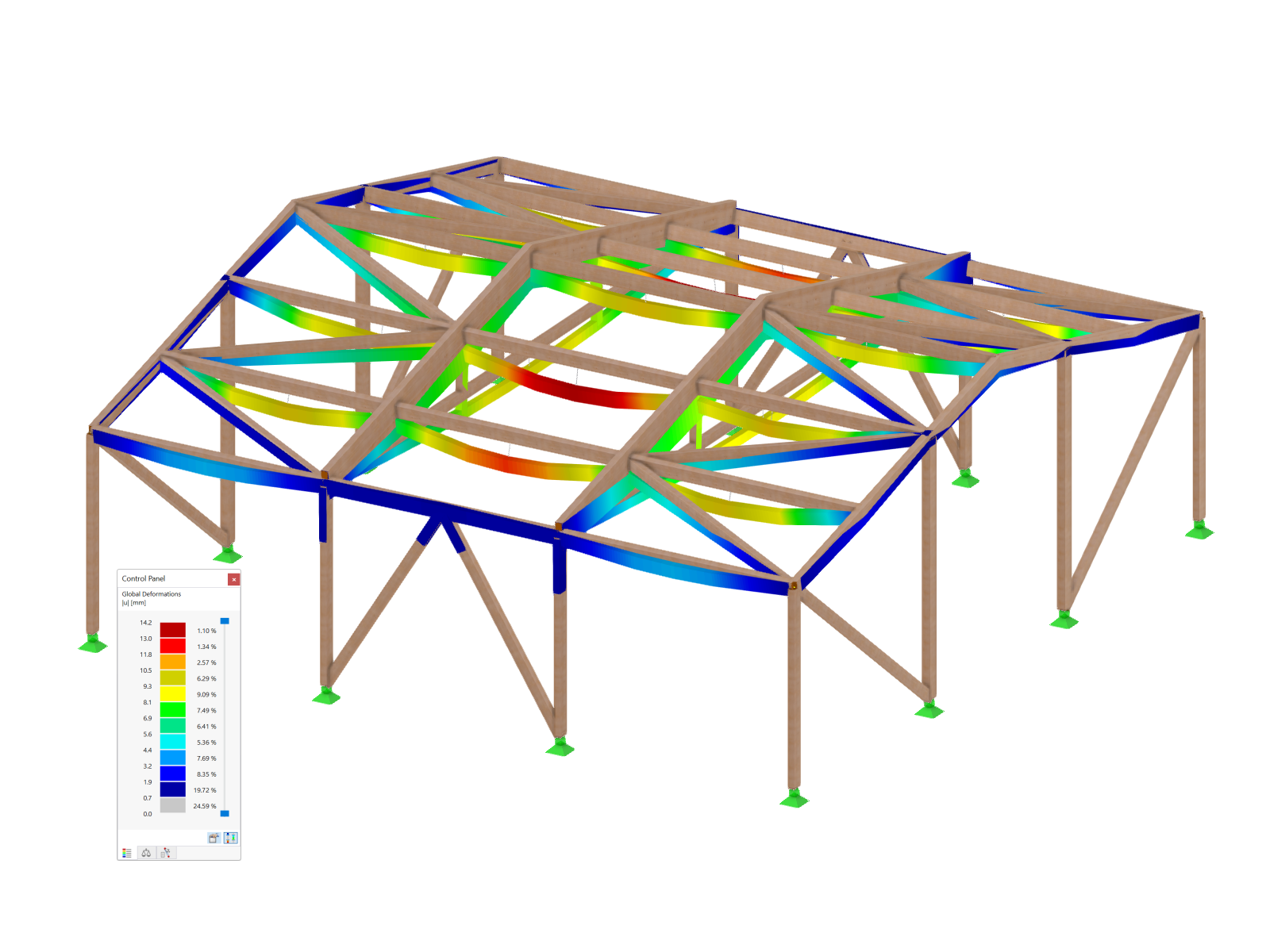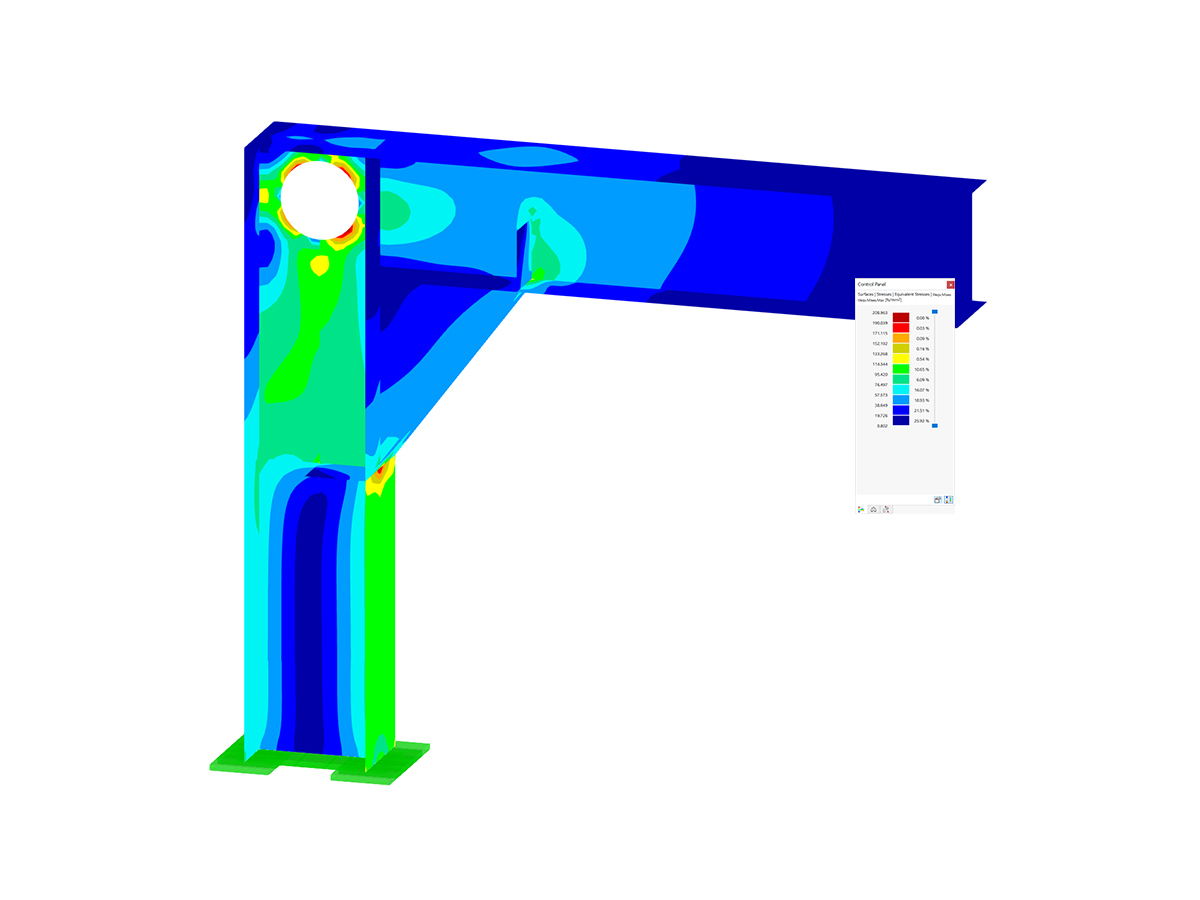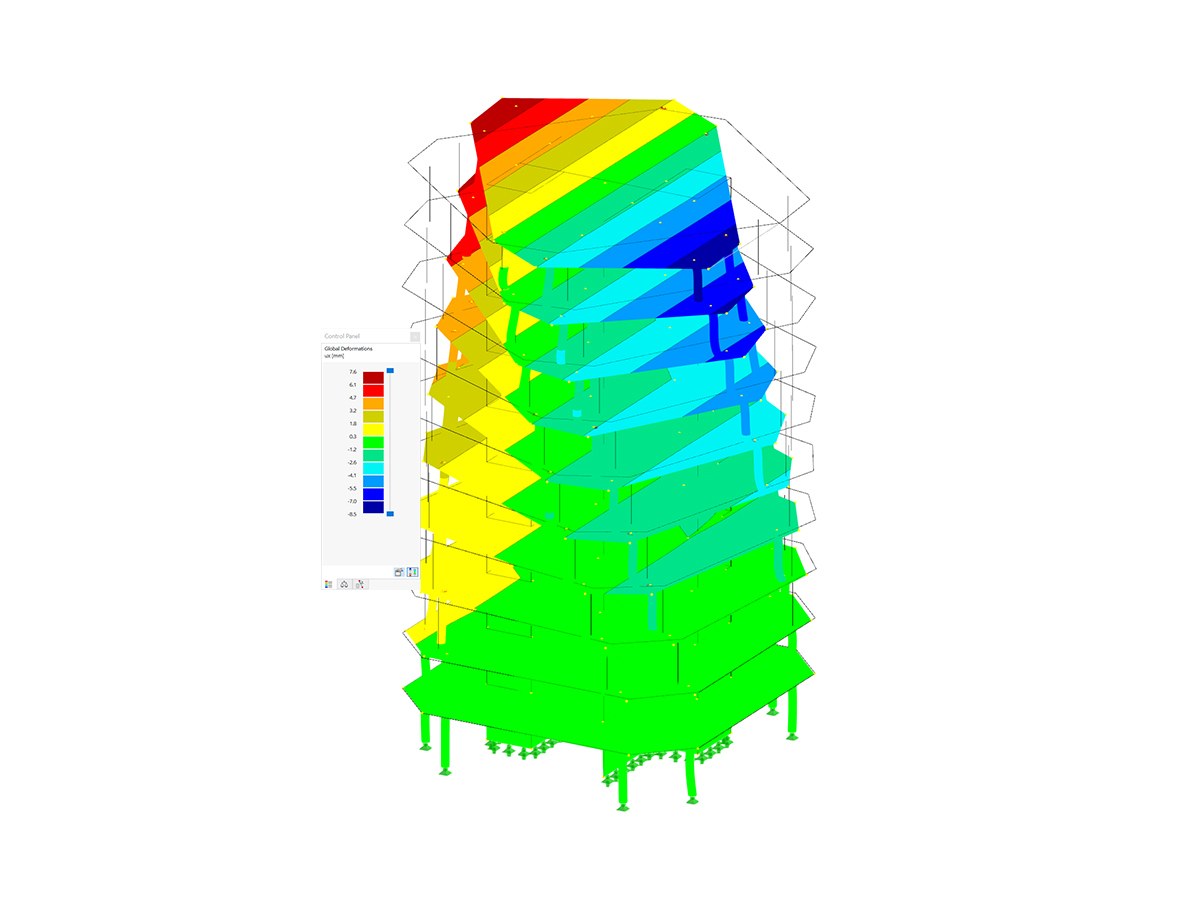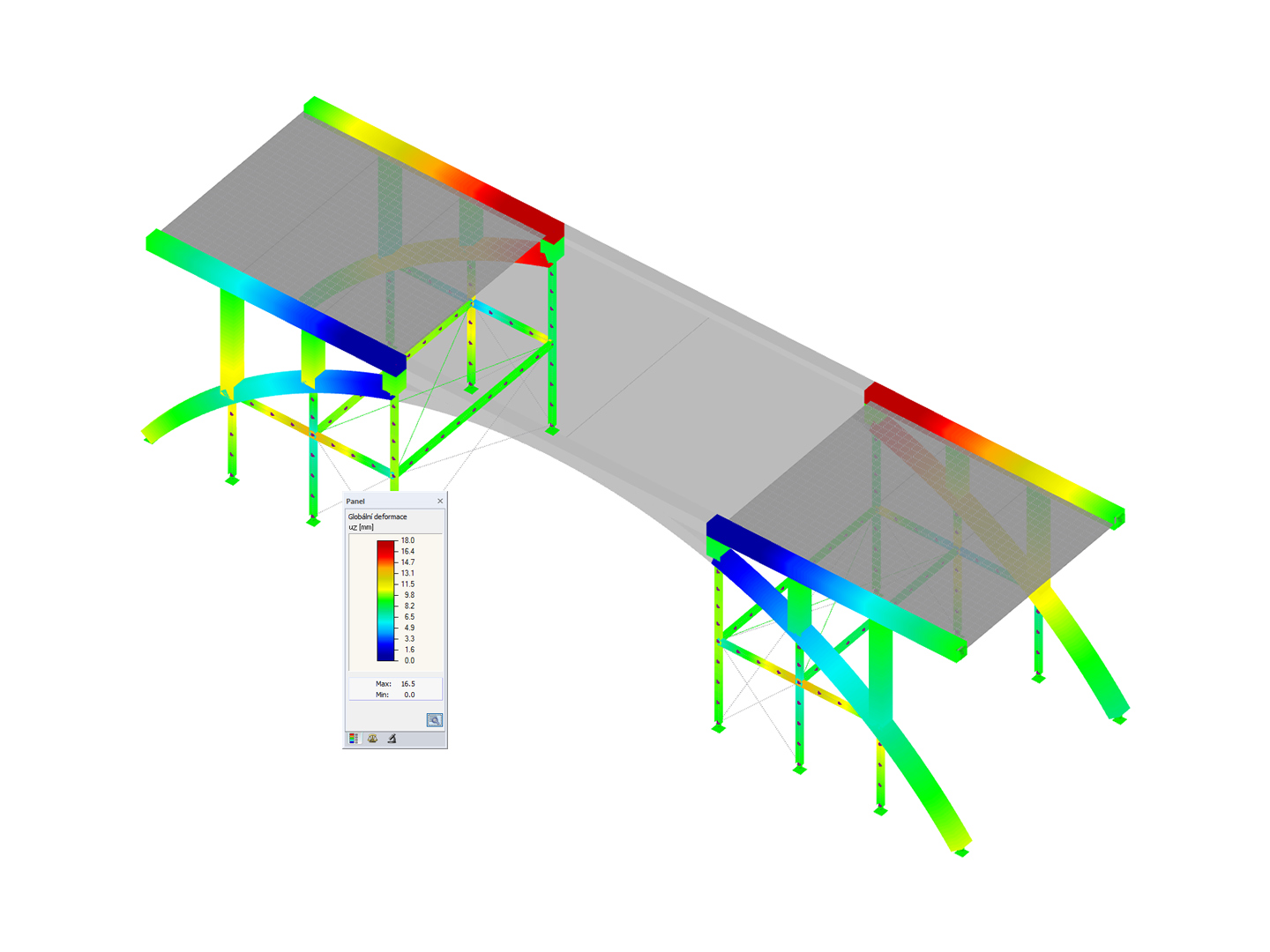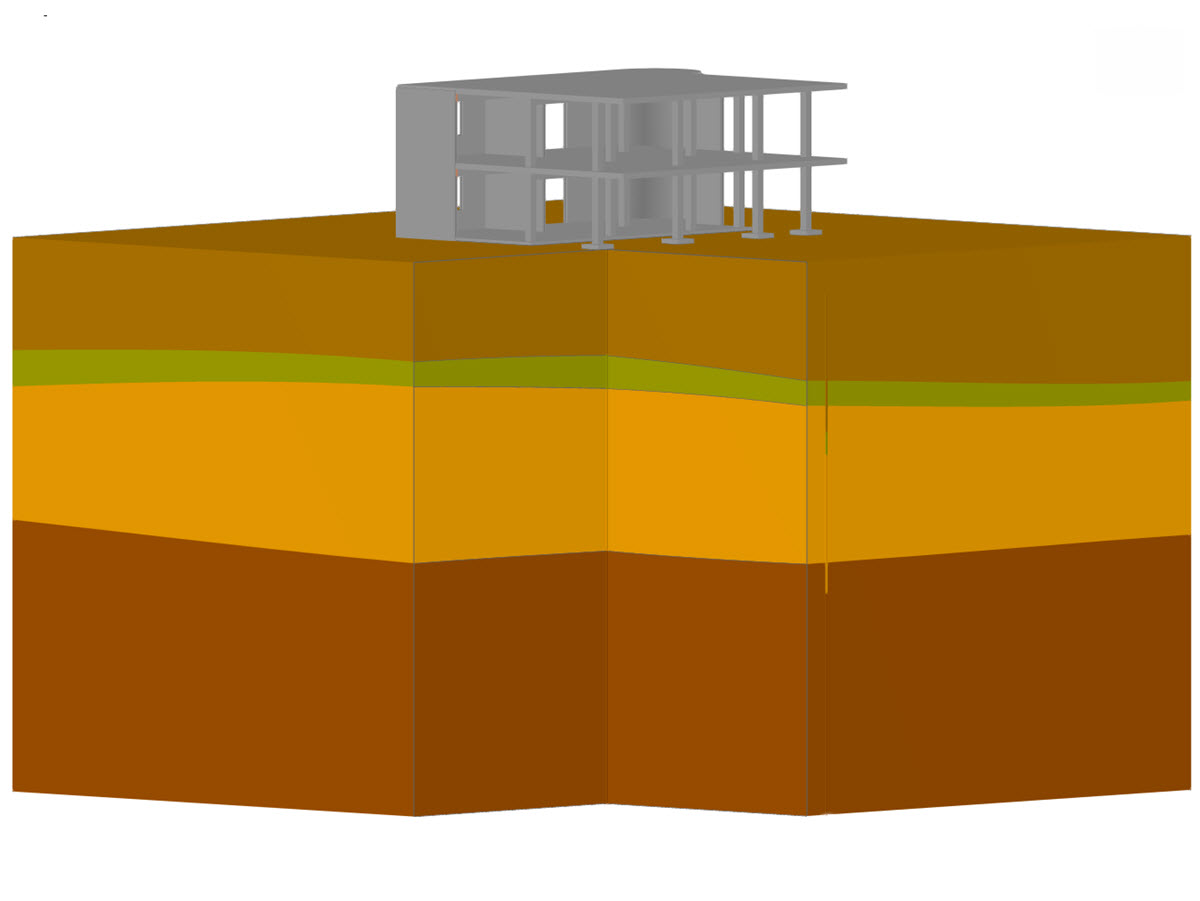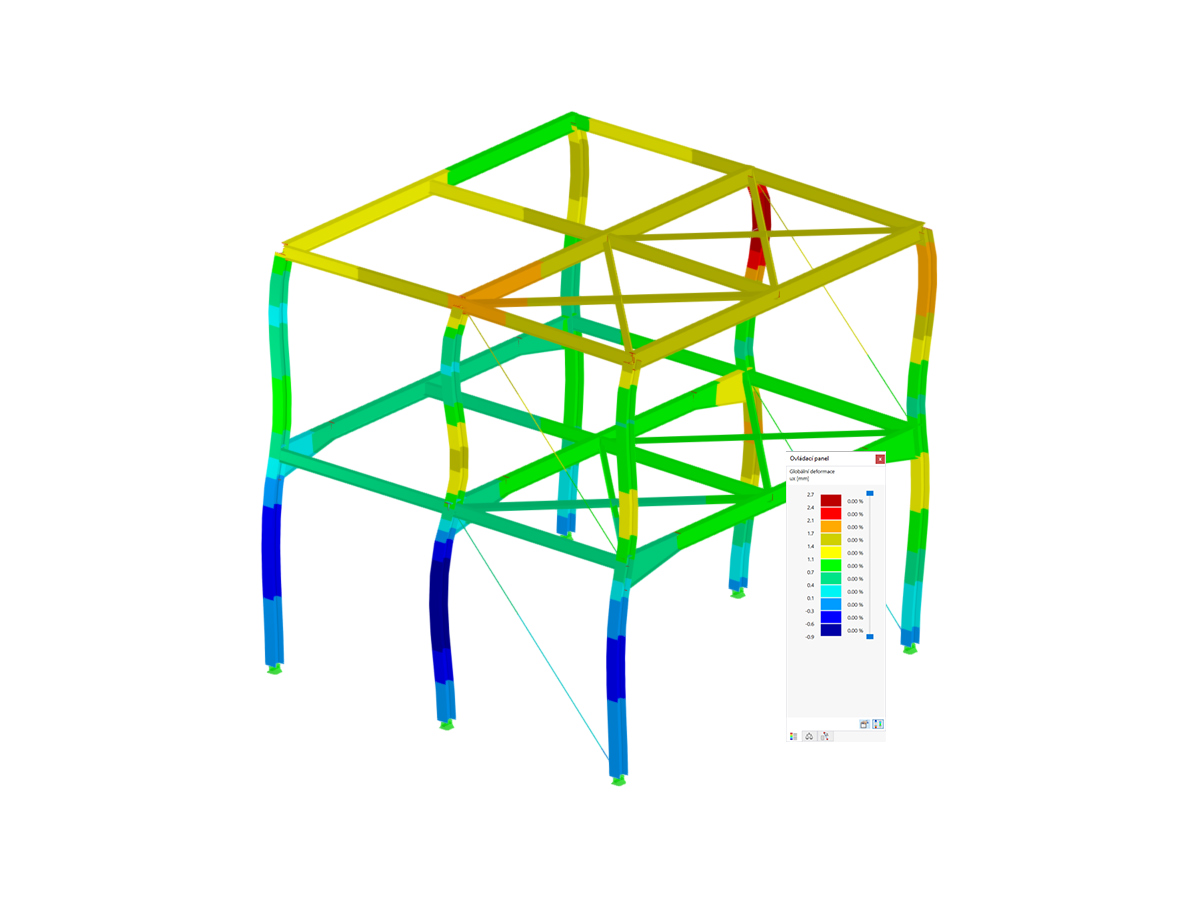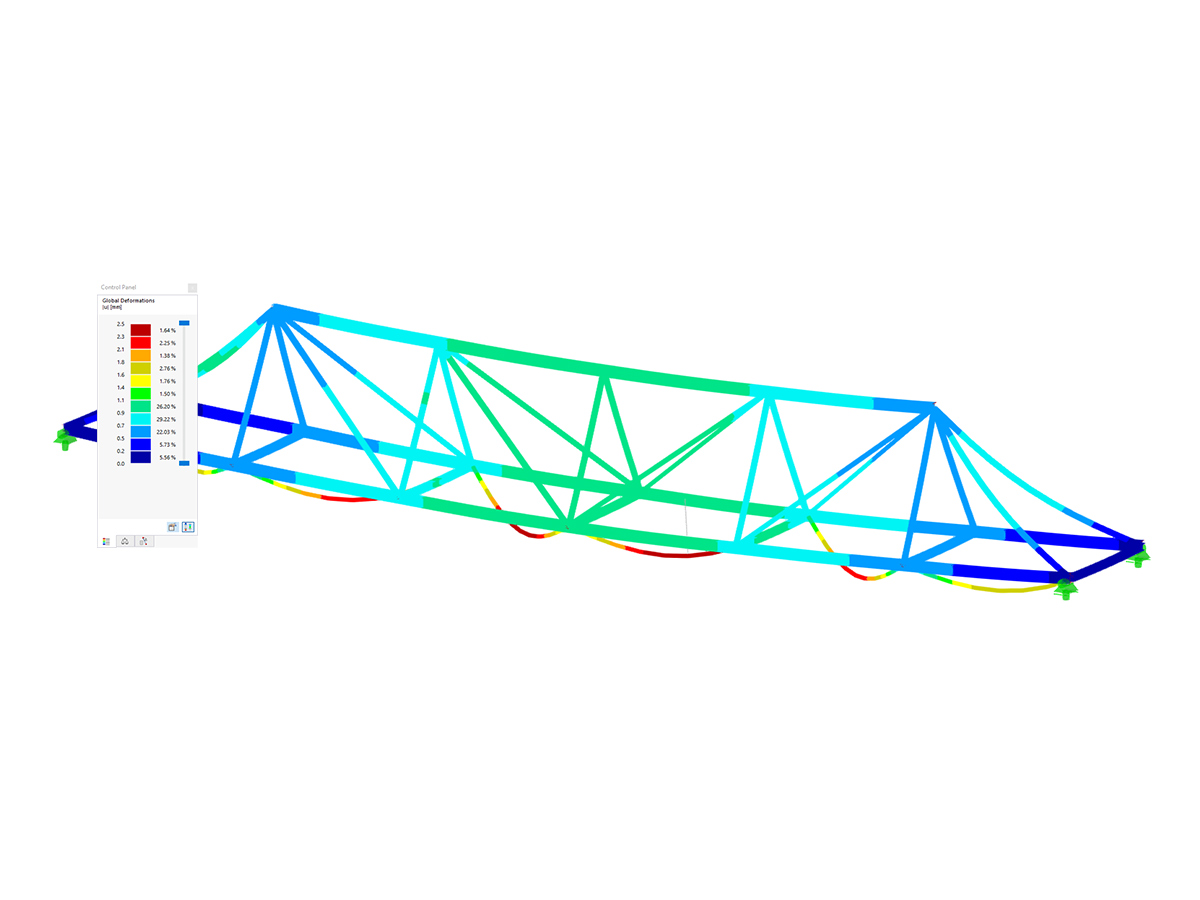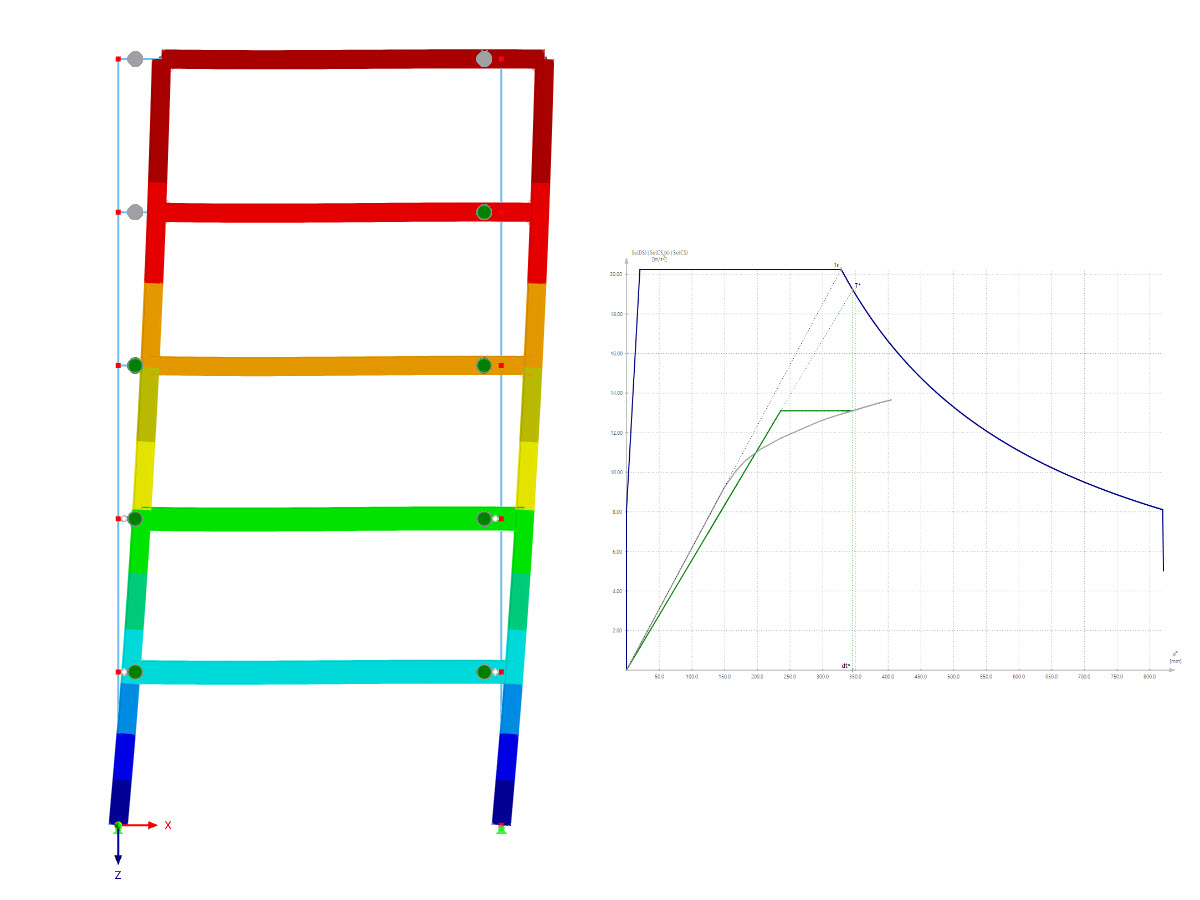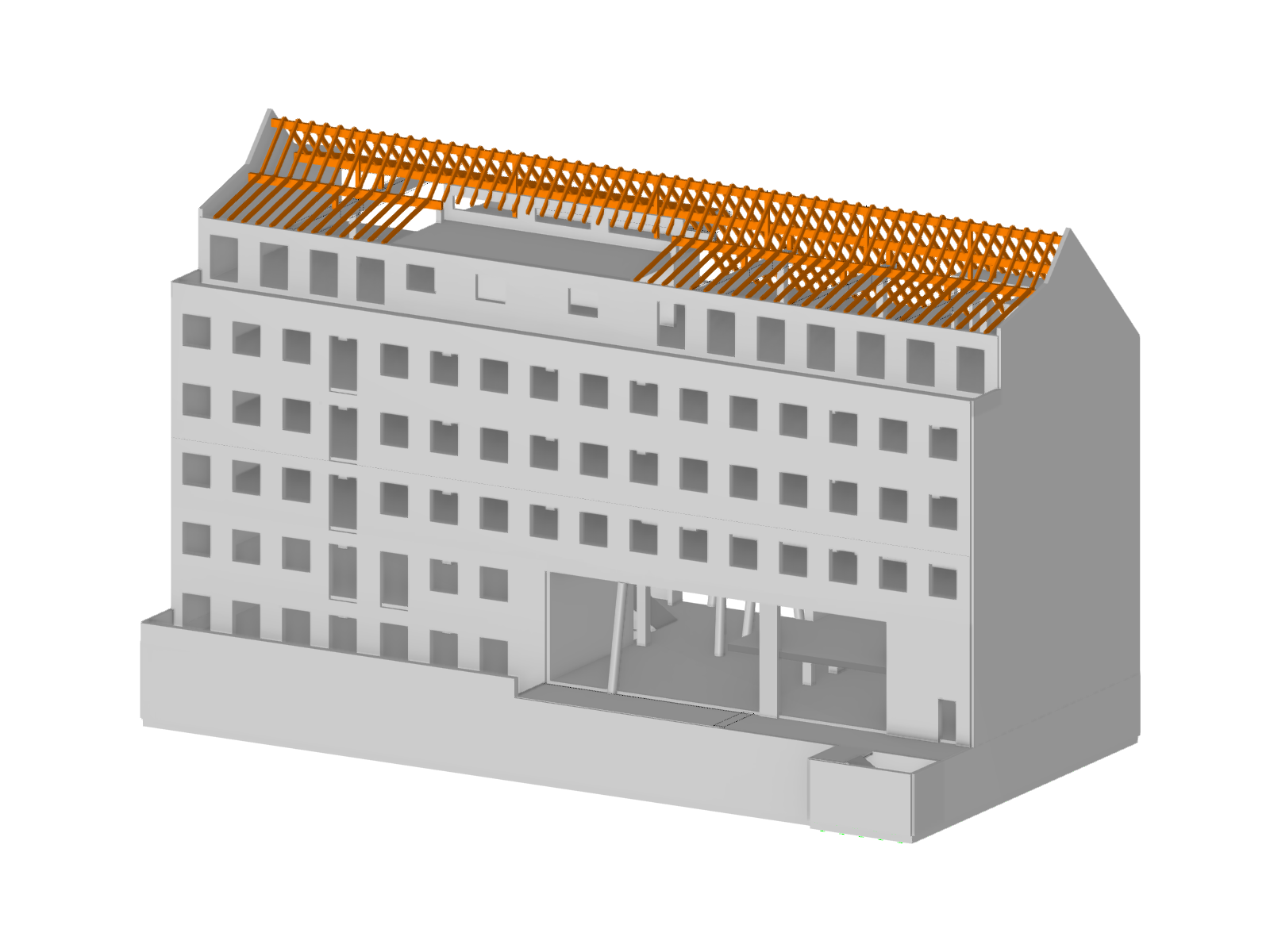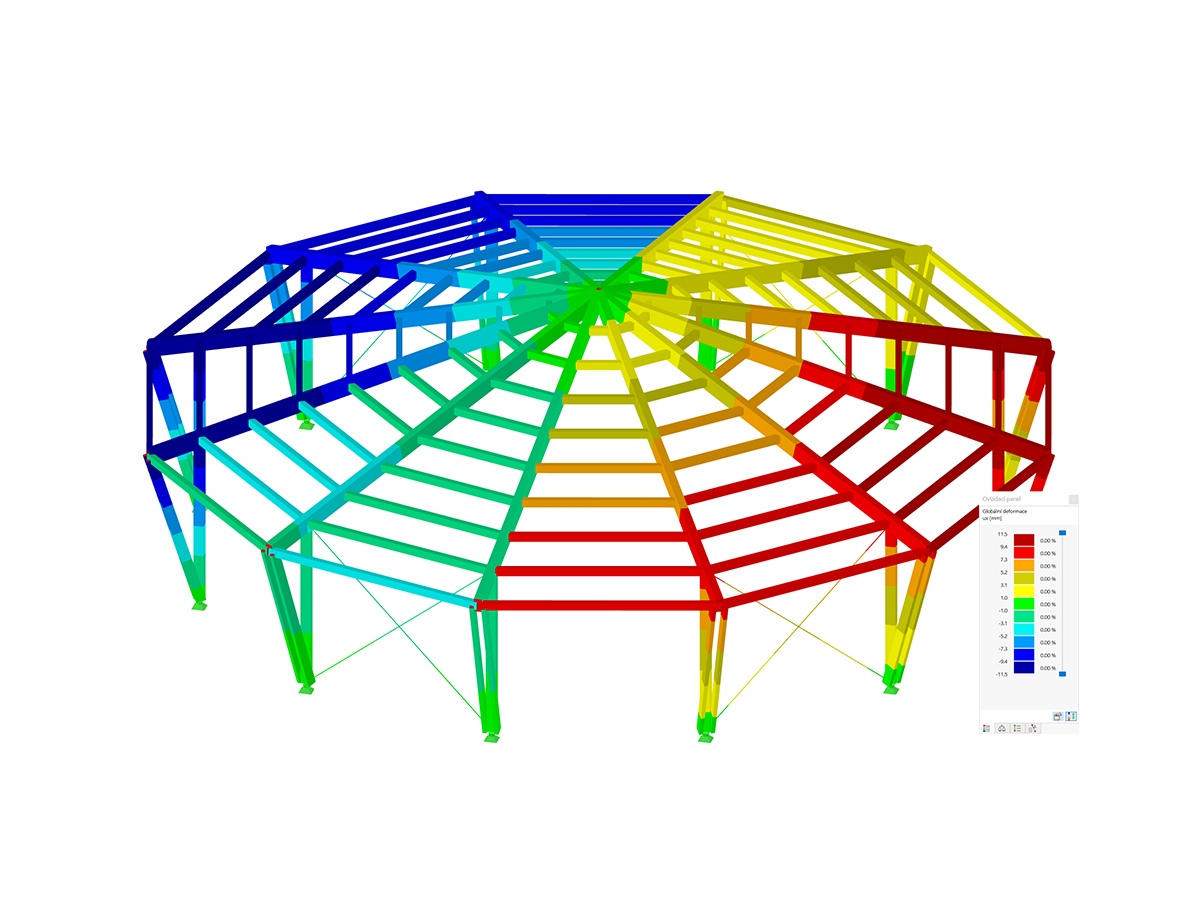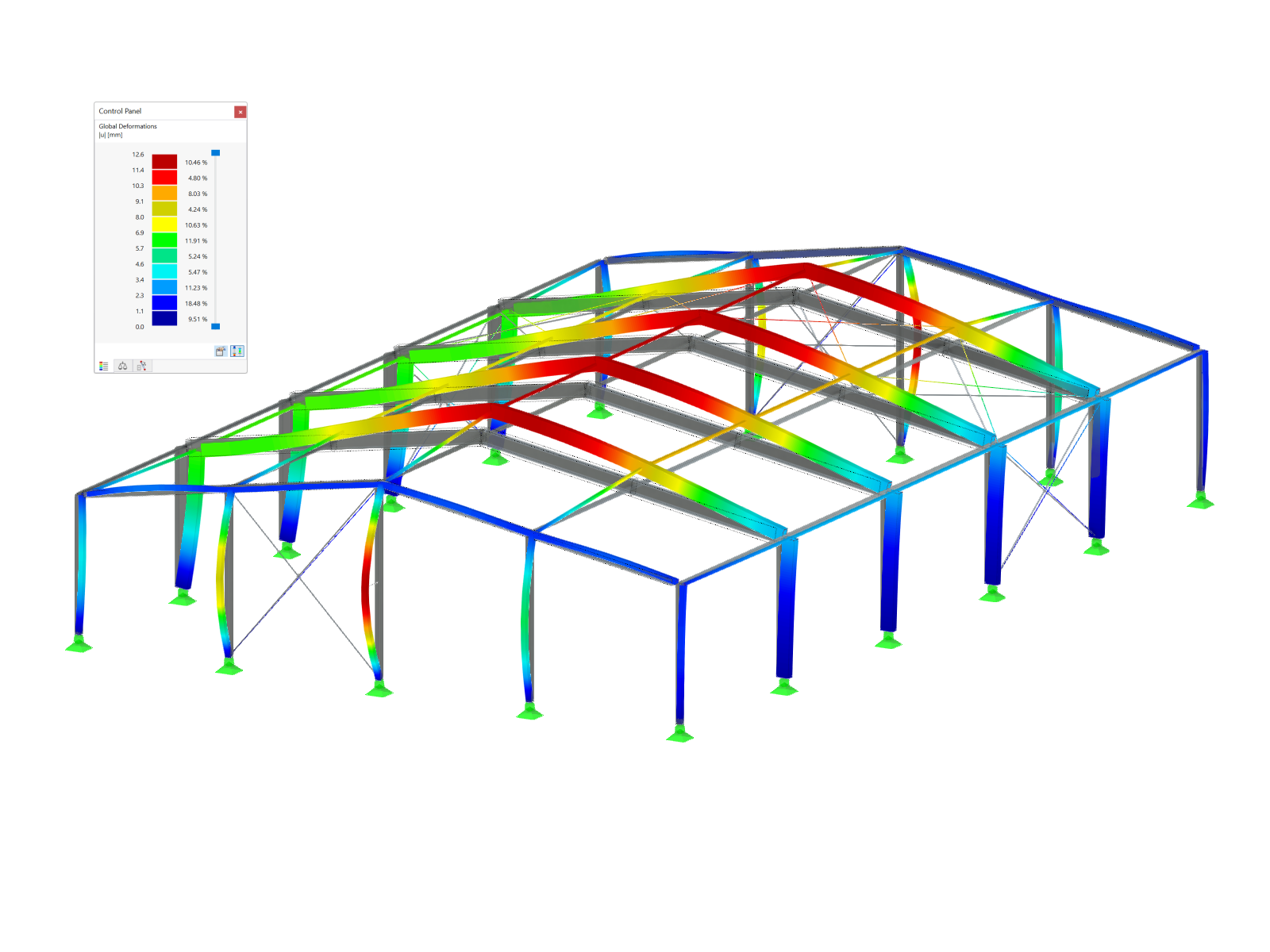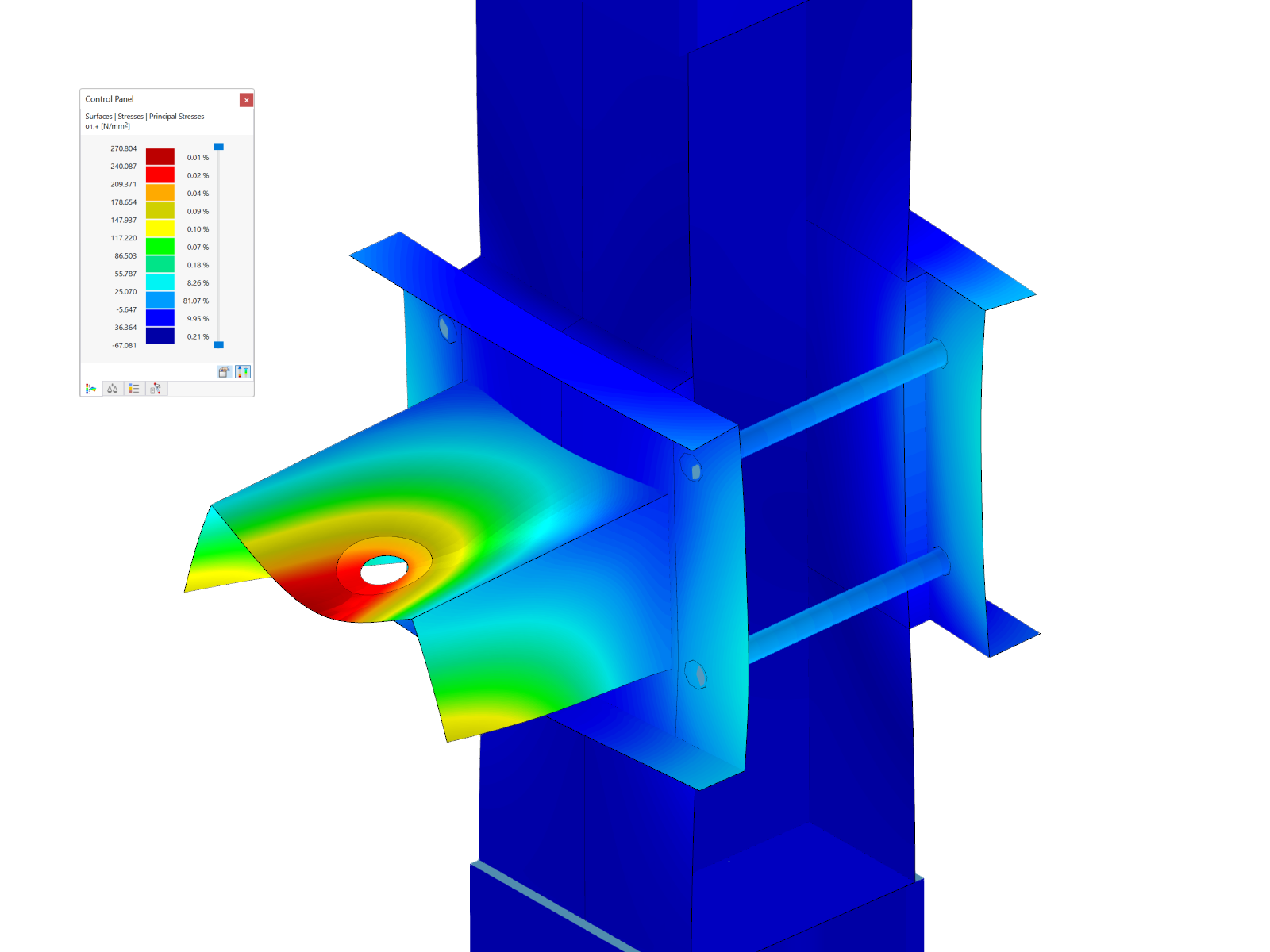The office building of the Innovation Factory in Heilbronn, Germany combines a traditional half-timbered structure with modern timber engineering. Dlubal customer merz kley partner GmbH used the structural engineering software RFEM for the structural analysis and design.
RFEM Model © merz kley partner GmbH
| 5 star | ||
| 4 star | ||
| 3 star | ||
| 2 star | ||
| 1 star |
Office Building of Innovation Factory 2.0 in Heilbronn, Germany
| Number of Nodes | 1005 |
| Number of Lines | 1540 |
| Number of Members | 1483 |
| Number of Surfaces | 5 |
| Number of Load Cases | 11 |
| Number of Load Combinations | 26 |
| Number of Result Combinations | 10 |
| Total Weight | 766.528 tons |
| Dimensions (Metric) | 30.500 x 30.500 x 17.750 m |
| Dimensions (Imperial) | 100.07 x 100.07 x 58.23 feet |
| Program Version | 5.34.01 |
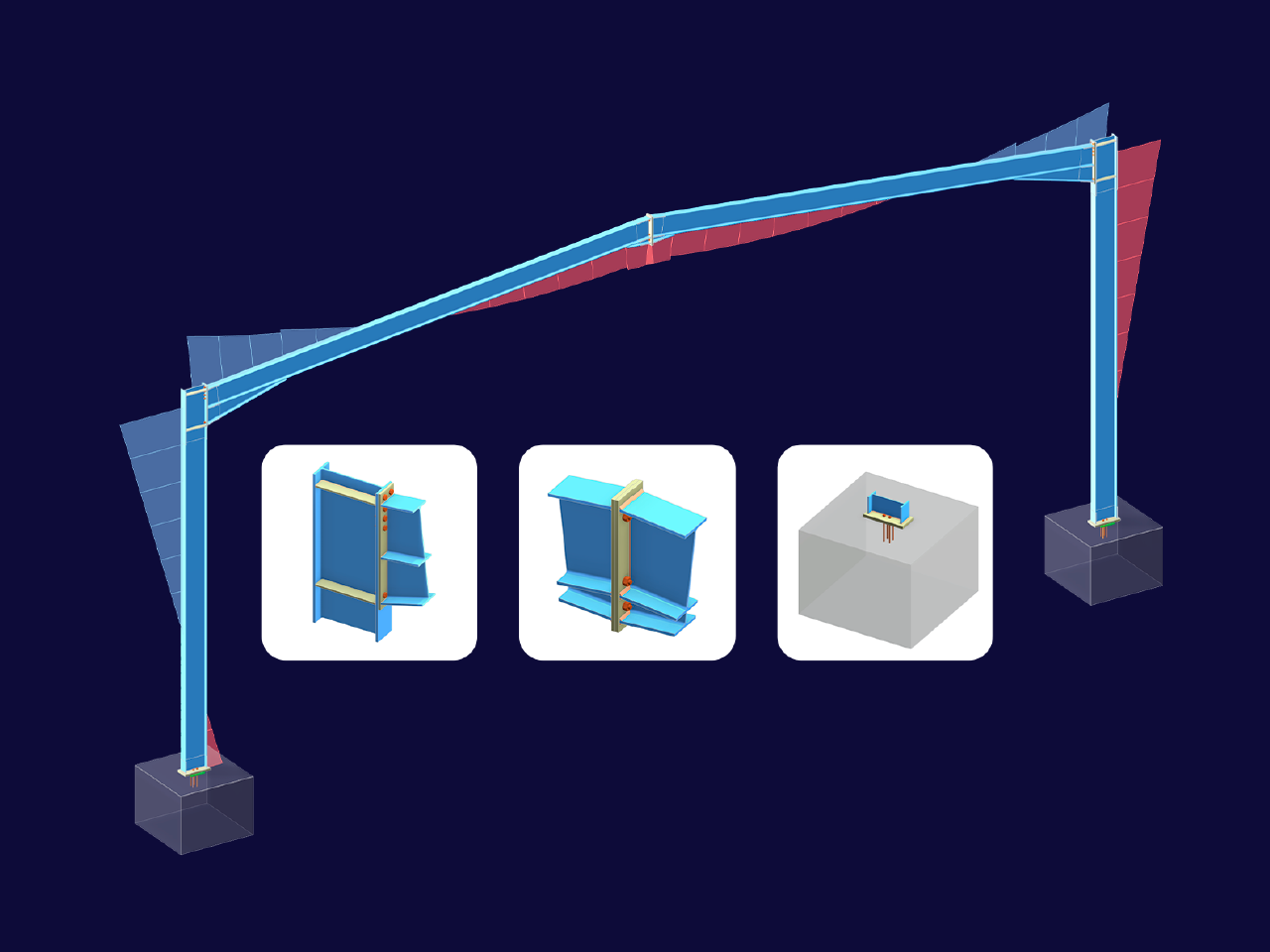
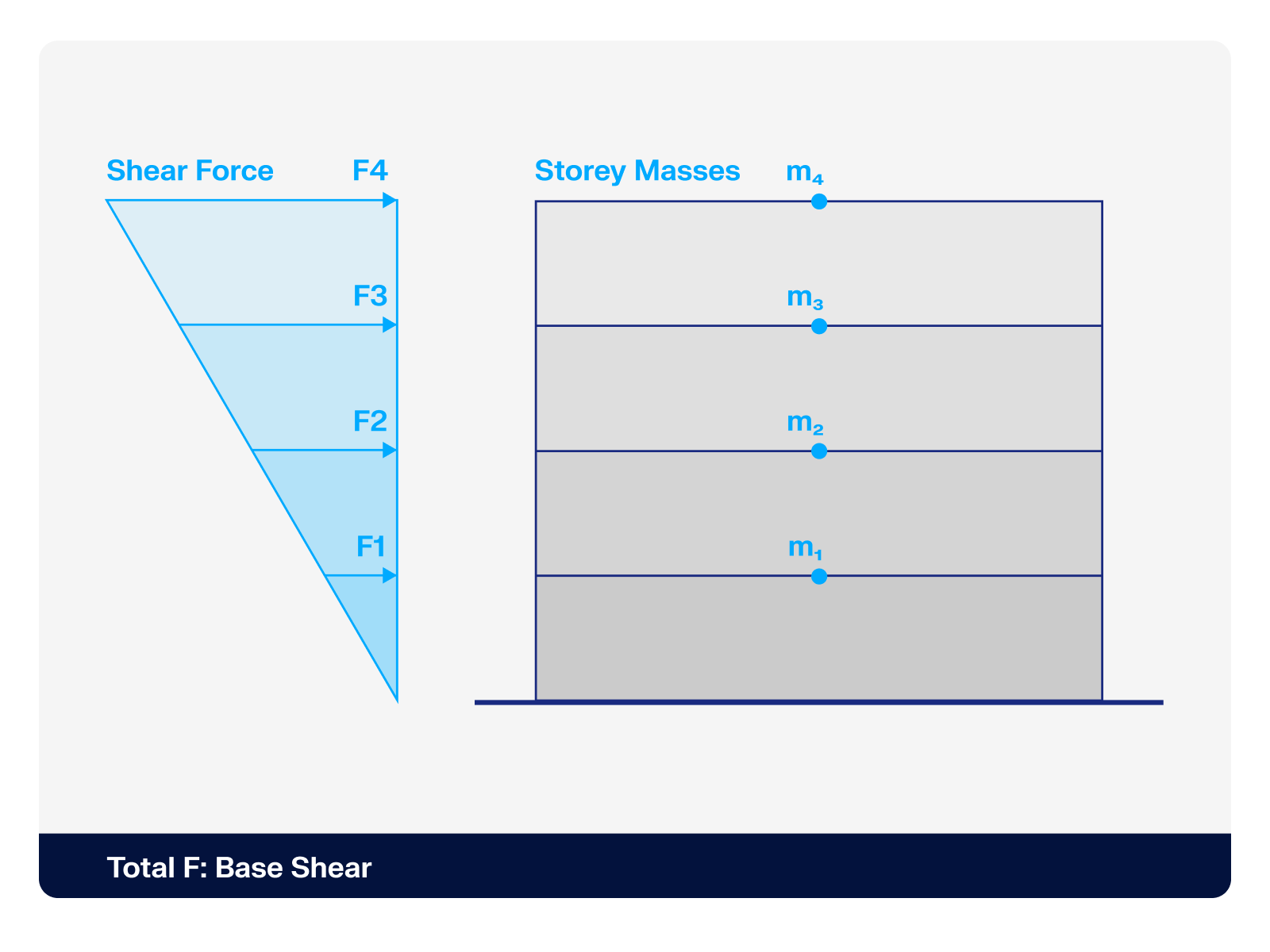.png?mw=512&hash=4a84cbc5b1eacf1afb4217e8e43c5cb50ed8d827)
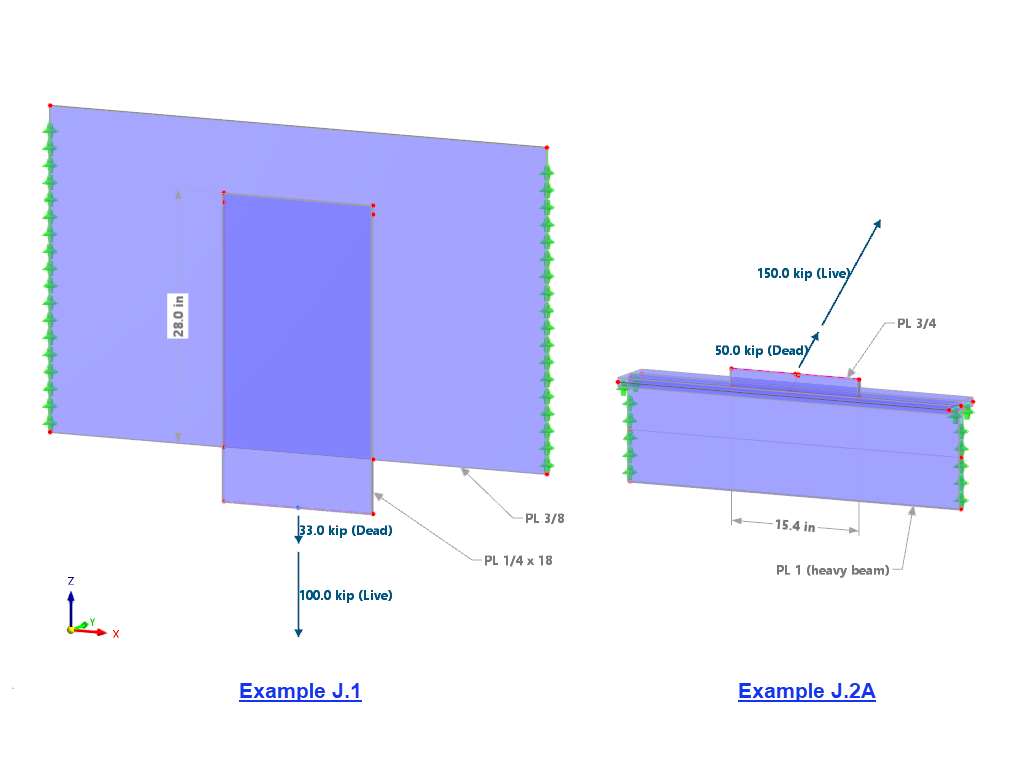
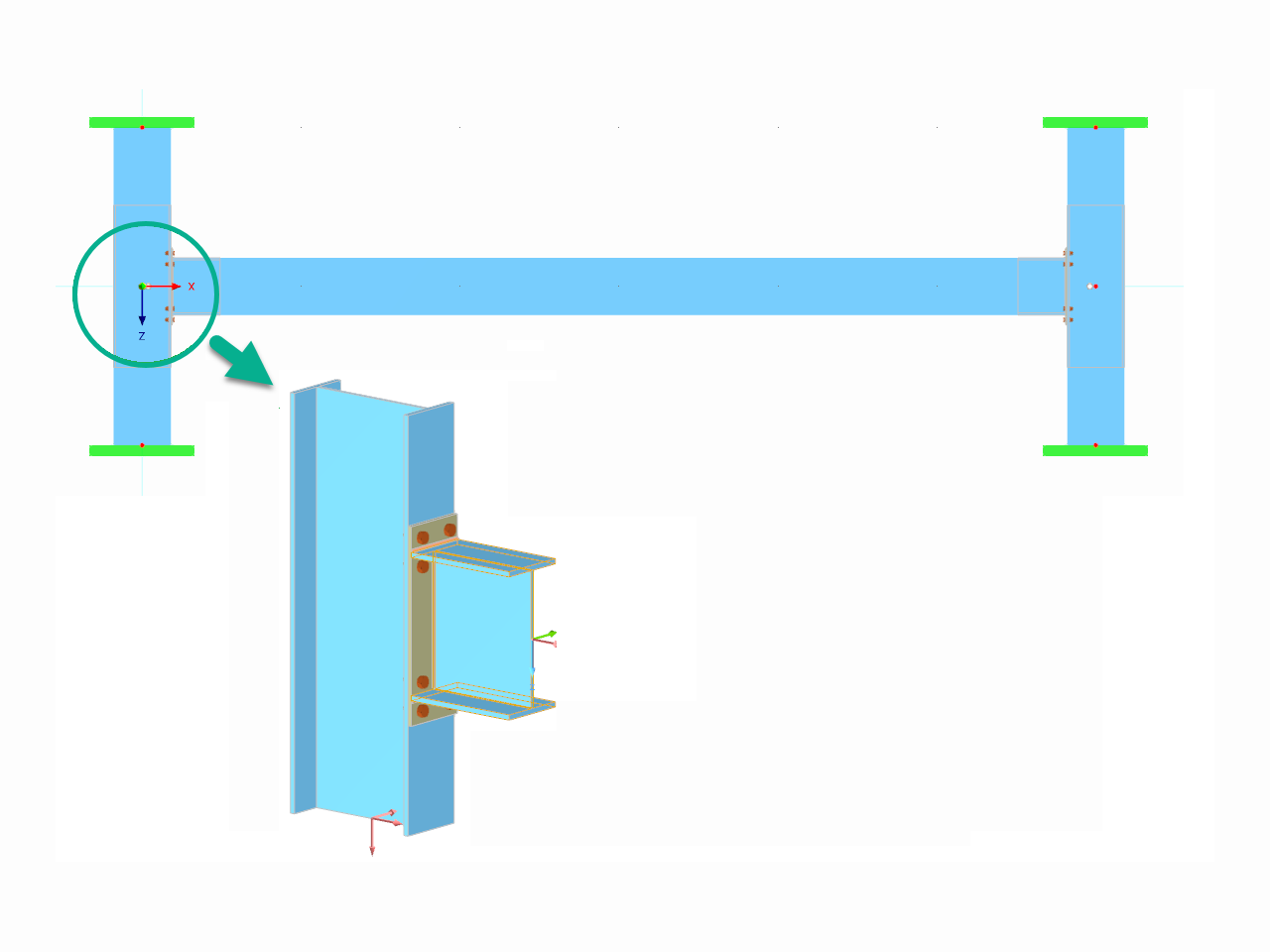
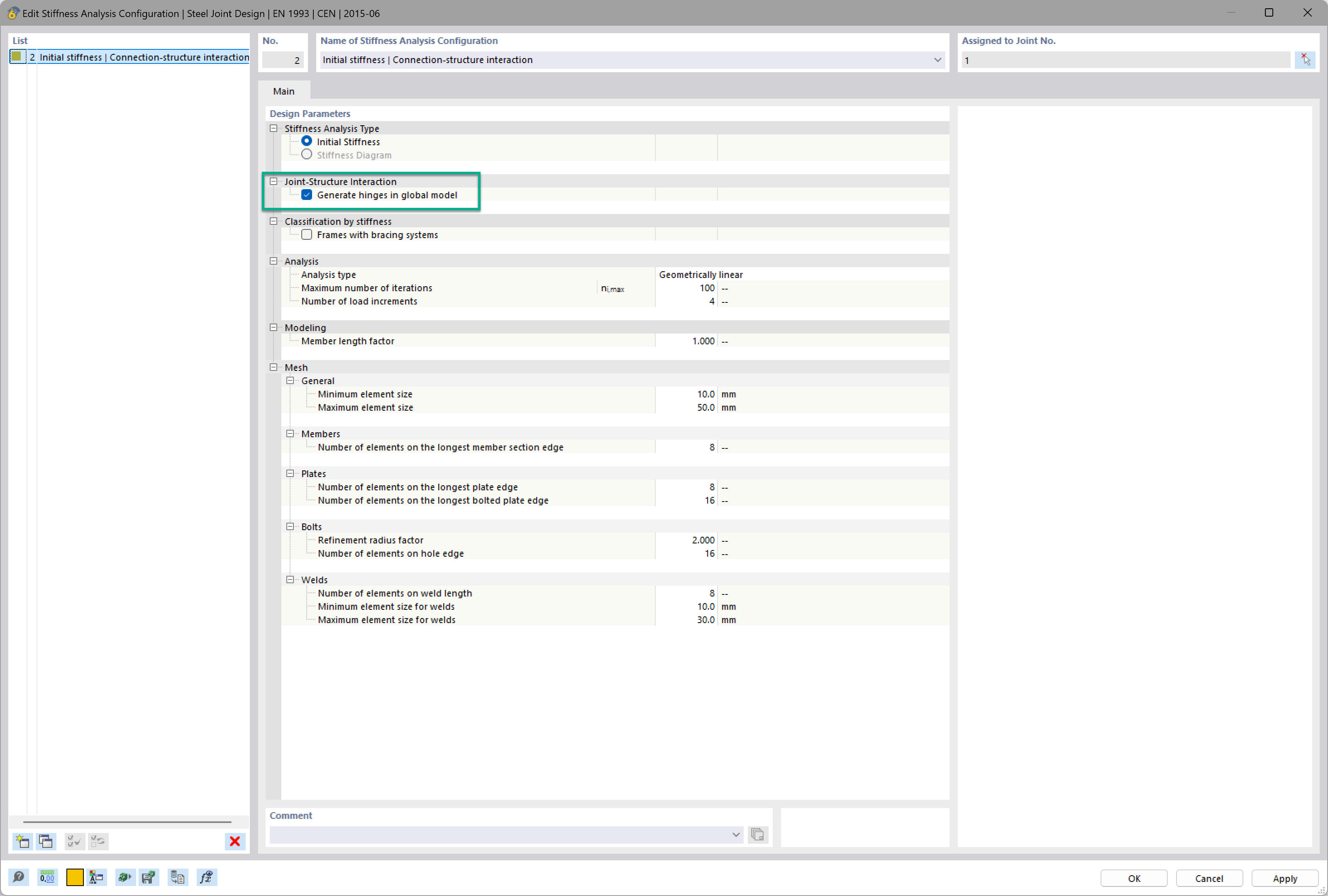
Want to automatically consider steel joint stiffness in your global RFEM model? Utilize the Steel Joints add-on!
Activate joint-structure interaction in the stiffness analysis of your steel joints. Hinges with springs are then automatically generated in the global model and included in subsequent calculations.
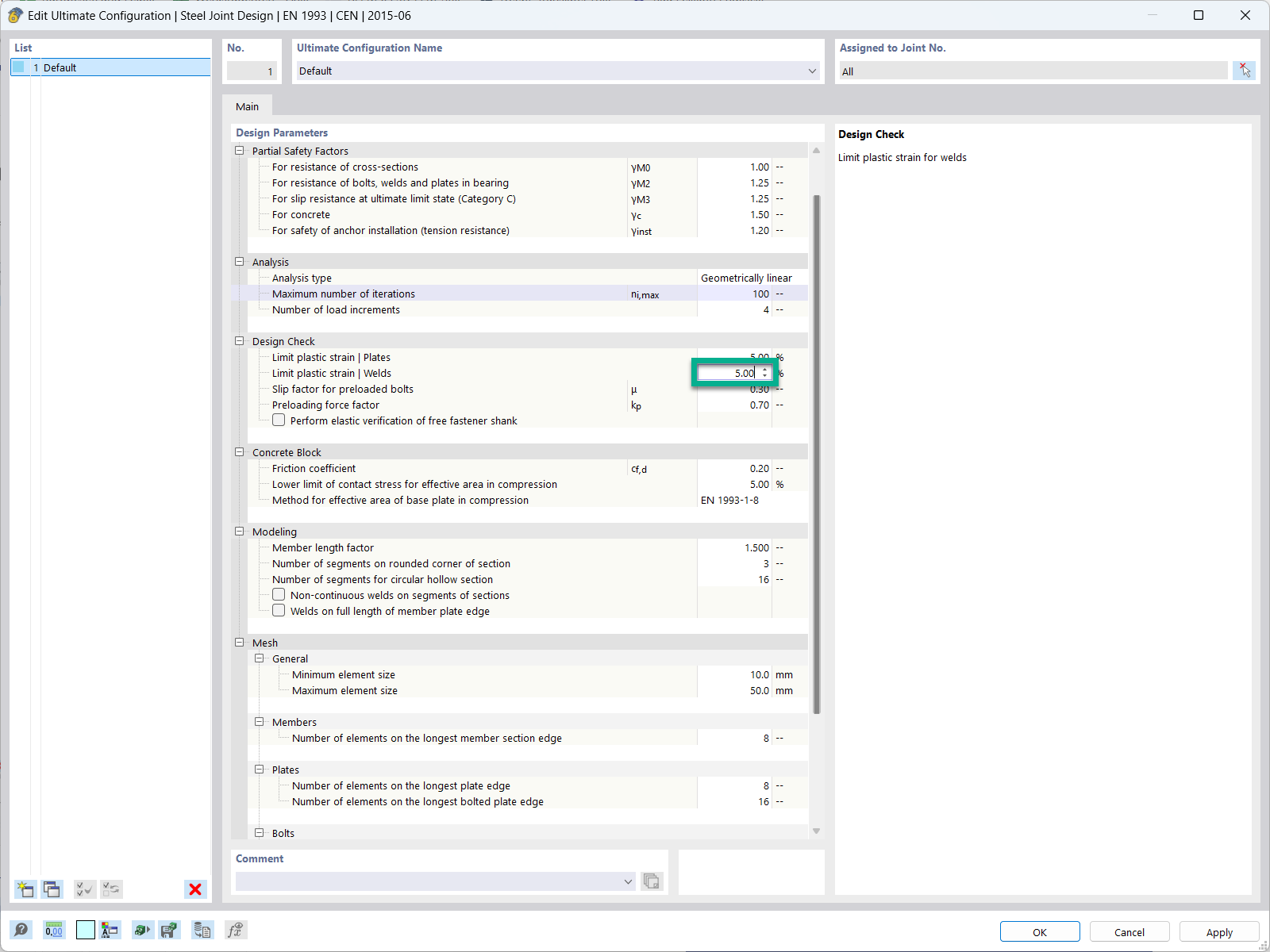
In the ultimate configuration of the steel joint design, you have the option to modify the limit plastic strain for welds.
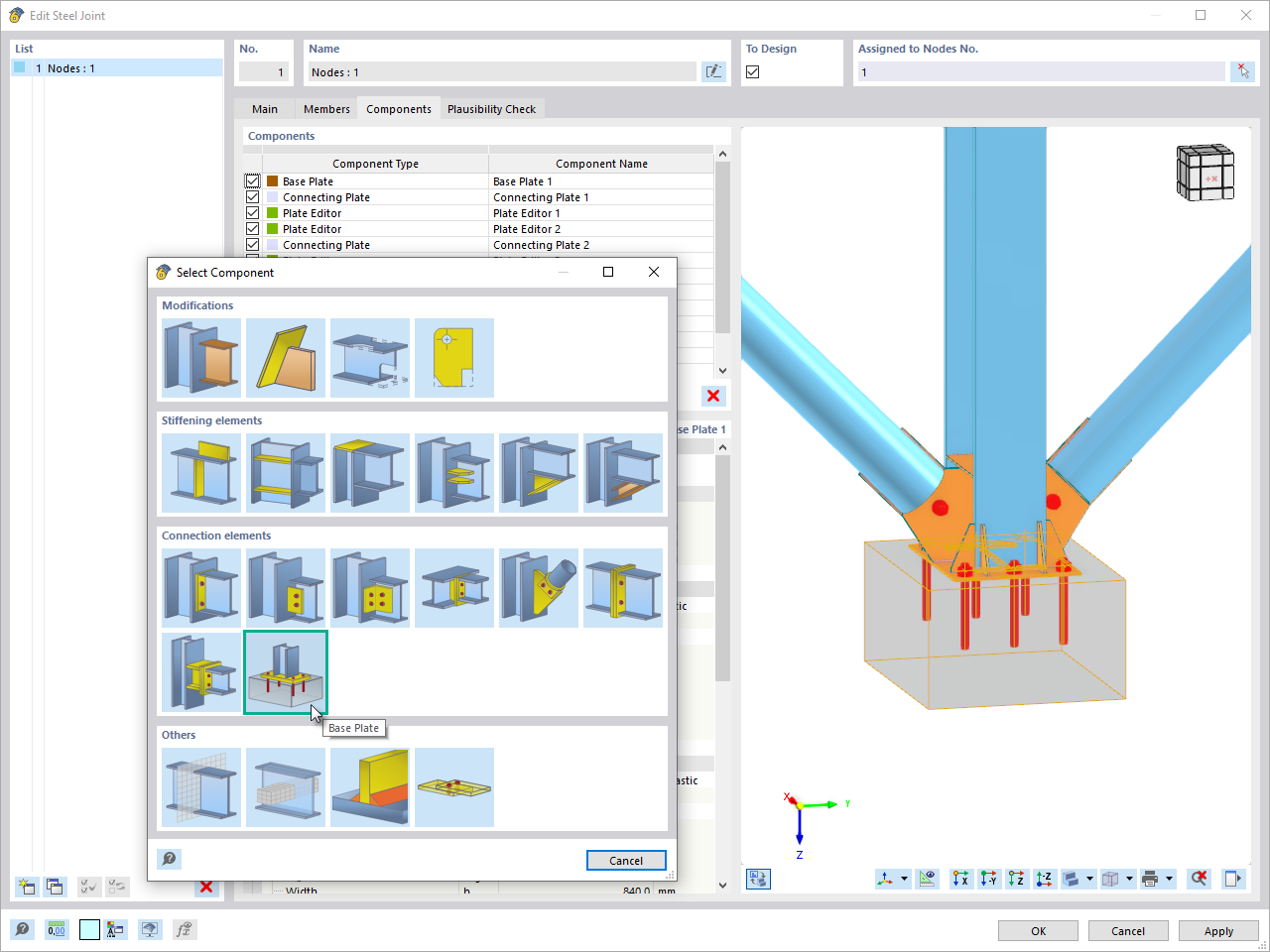
The "Base Plate" component allows you to design base plate connections with cast-in anchors. In this case, plates, welds, anchorages, and steel-concrete interaction are analyzed.
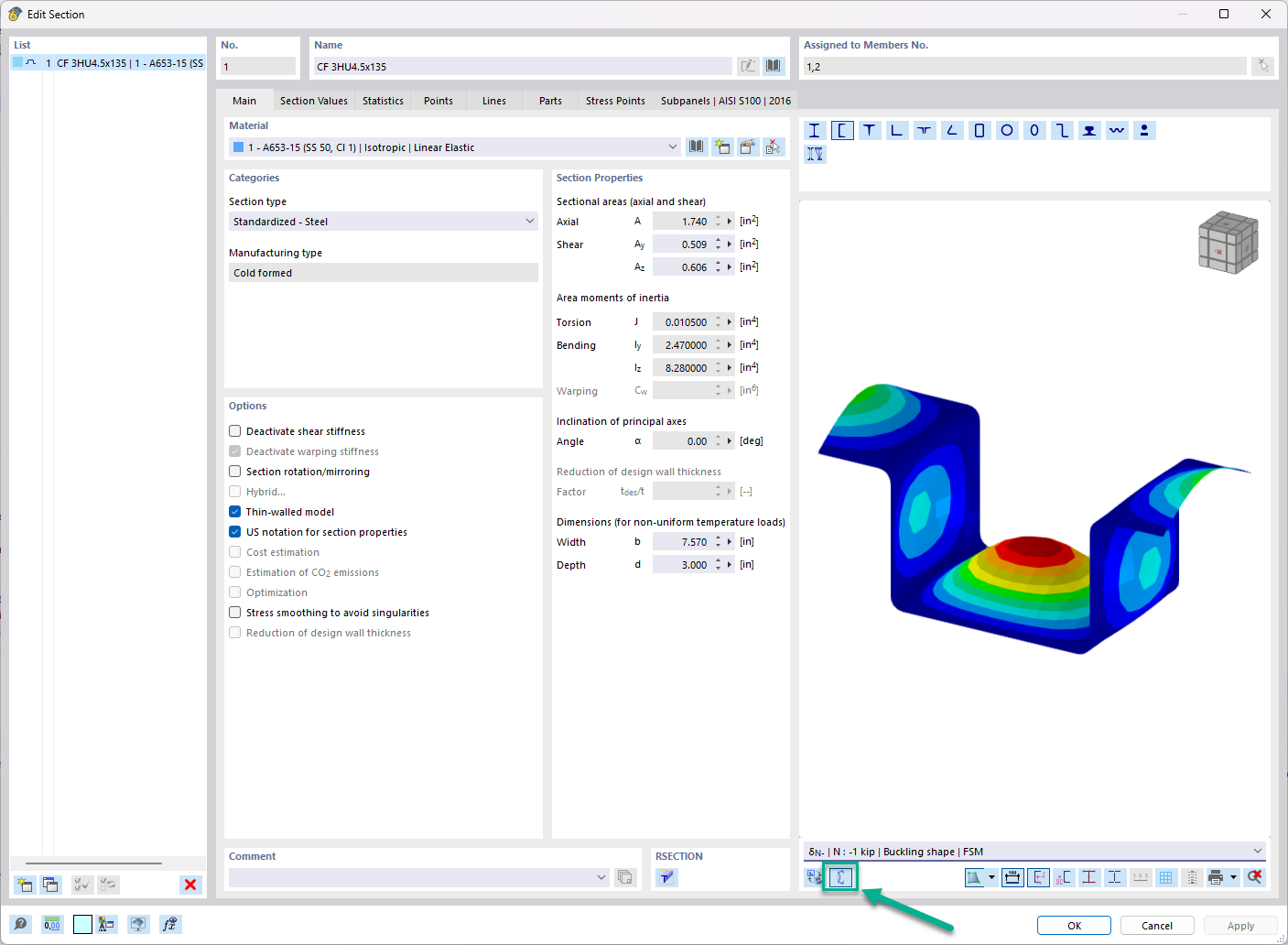
In the "Edit Section" dialog box, you can display the buckling shapes of the Finite Strip Method (FSM) as a 3D graphic.
In the Steel Joints add-on, I get high utilization ratios for preloaded bolts in the tension design. Where do these high utilization ratios come from and how can I evaluate the load-bearing reserves of the bolt?
How can treating a connection as fully rigid result in an uneconomical design?
Is it possible to consider shear panels and rotational restraints in the global calculation?














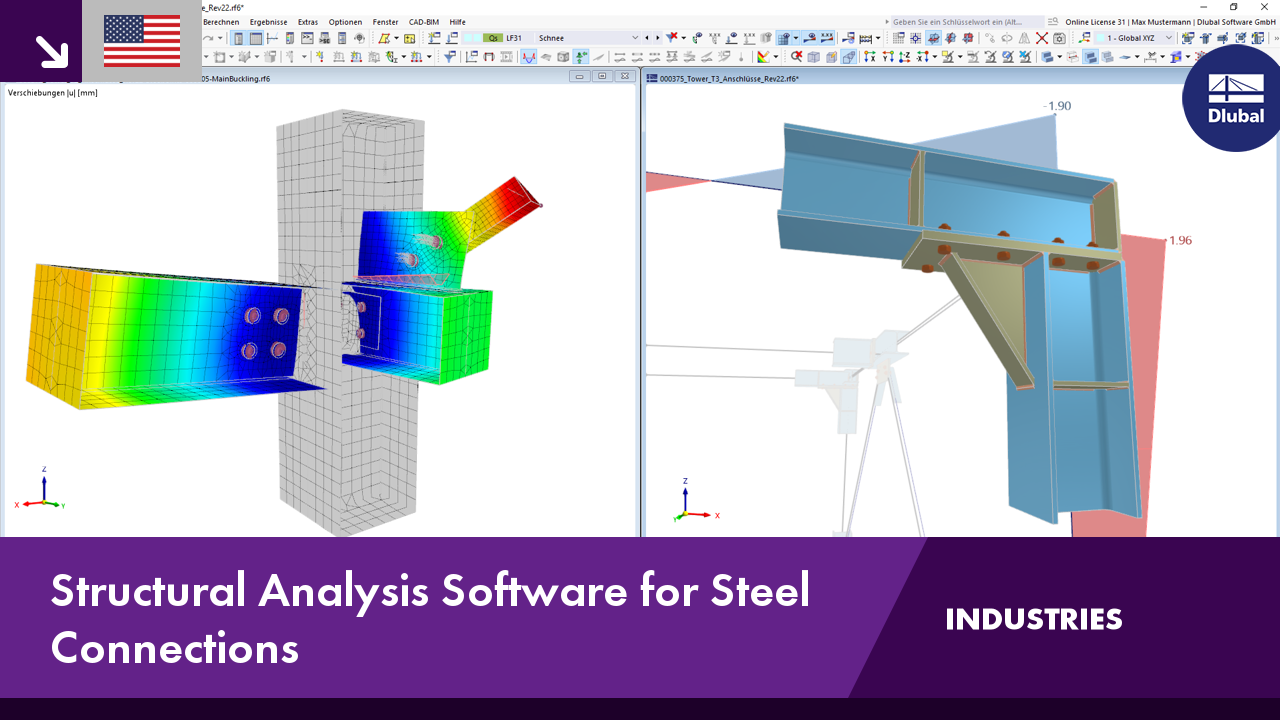.png?mw=350&hash=c6c25b135ffd26af9cd48d77813d2ba5853f936c)



























_1.jpg?mw=350&hash=ab2086621f4e50c8c8fb8f3c211a22bc246e0552)




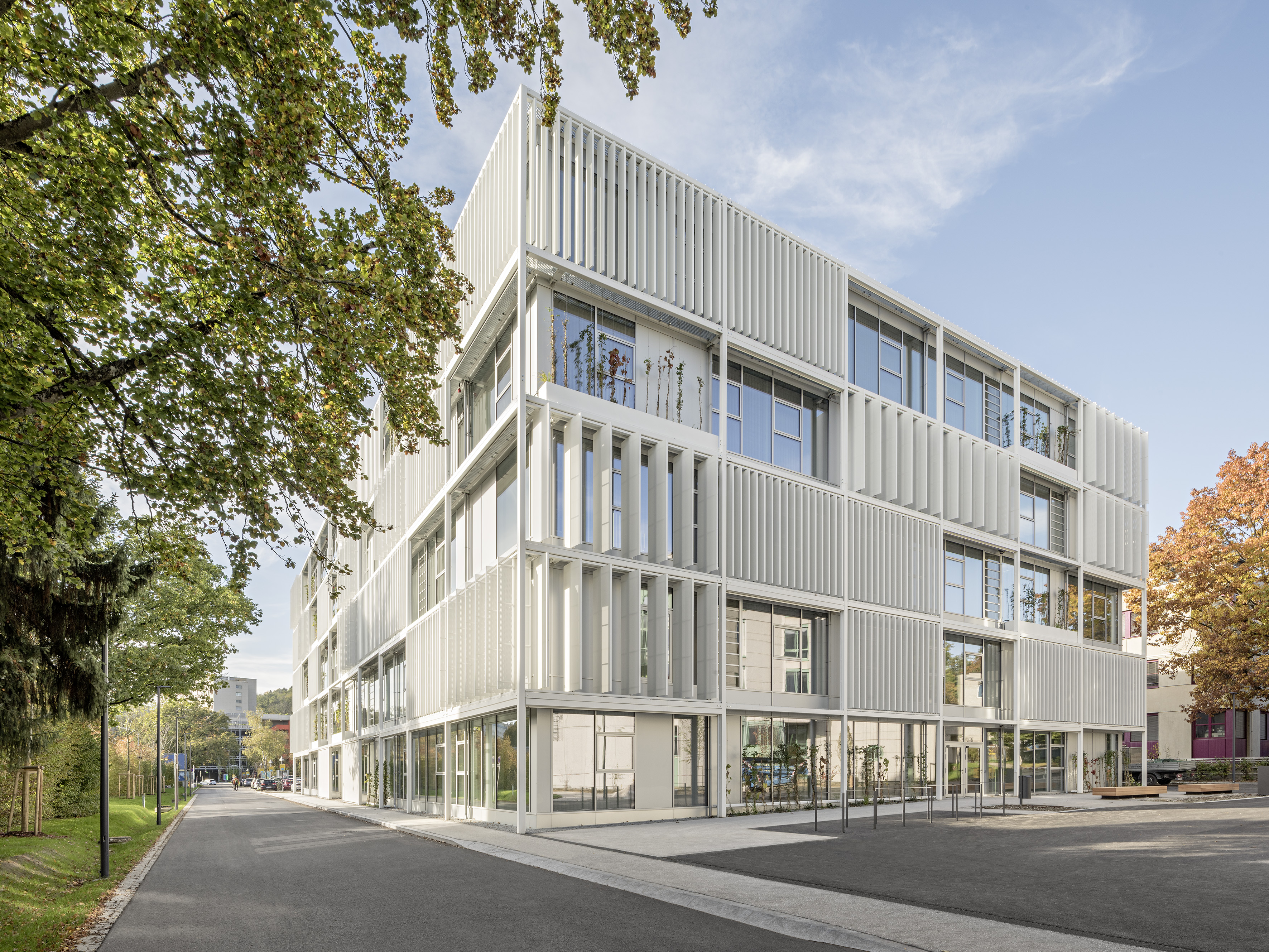-querkraft-hertha-hurnaus.jpg?mw=350&hash=3306957537863c7a7dc17160e2ced5806b35a7fb)
